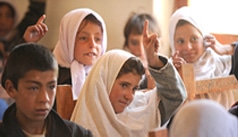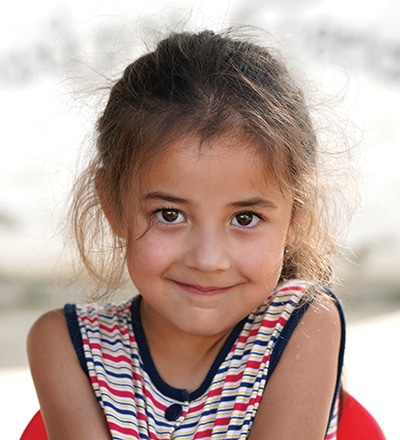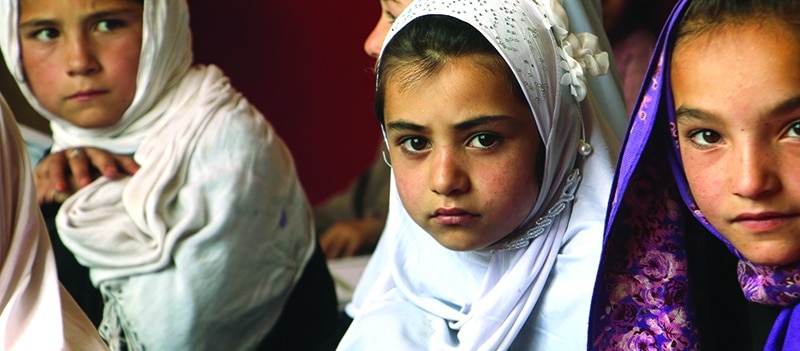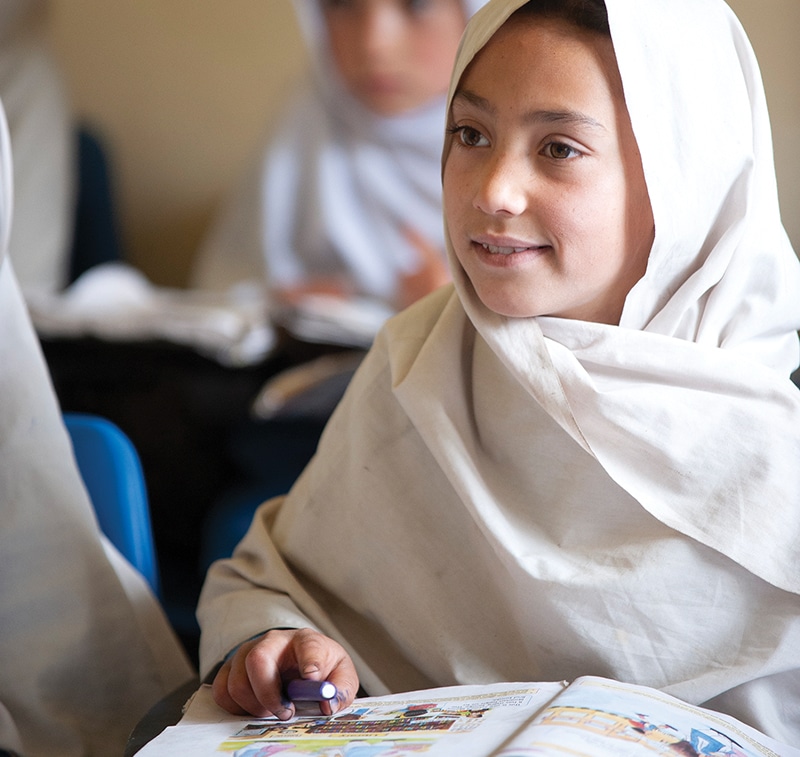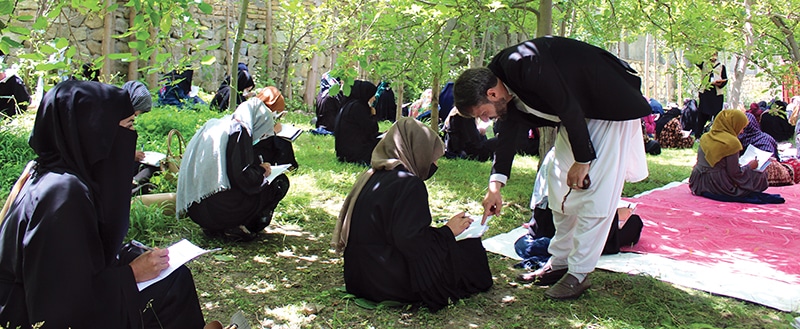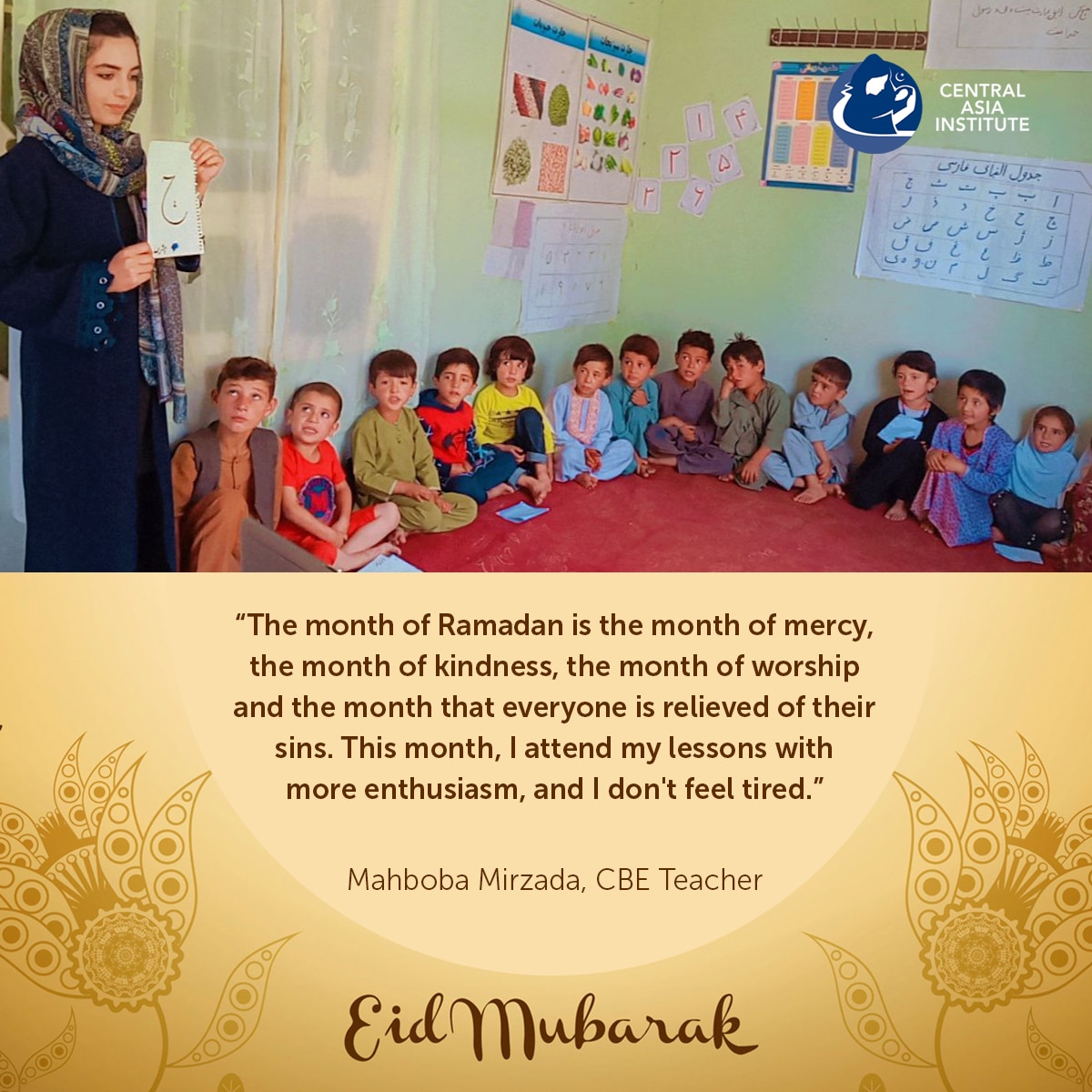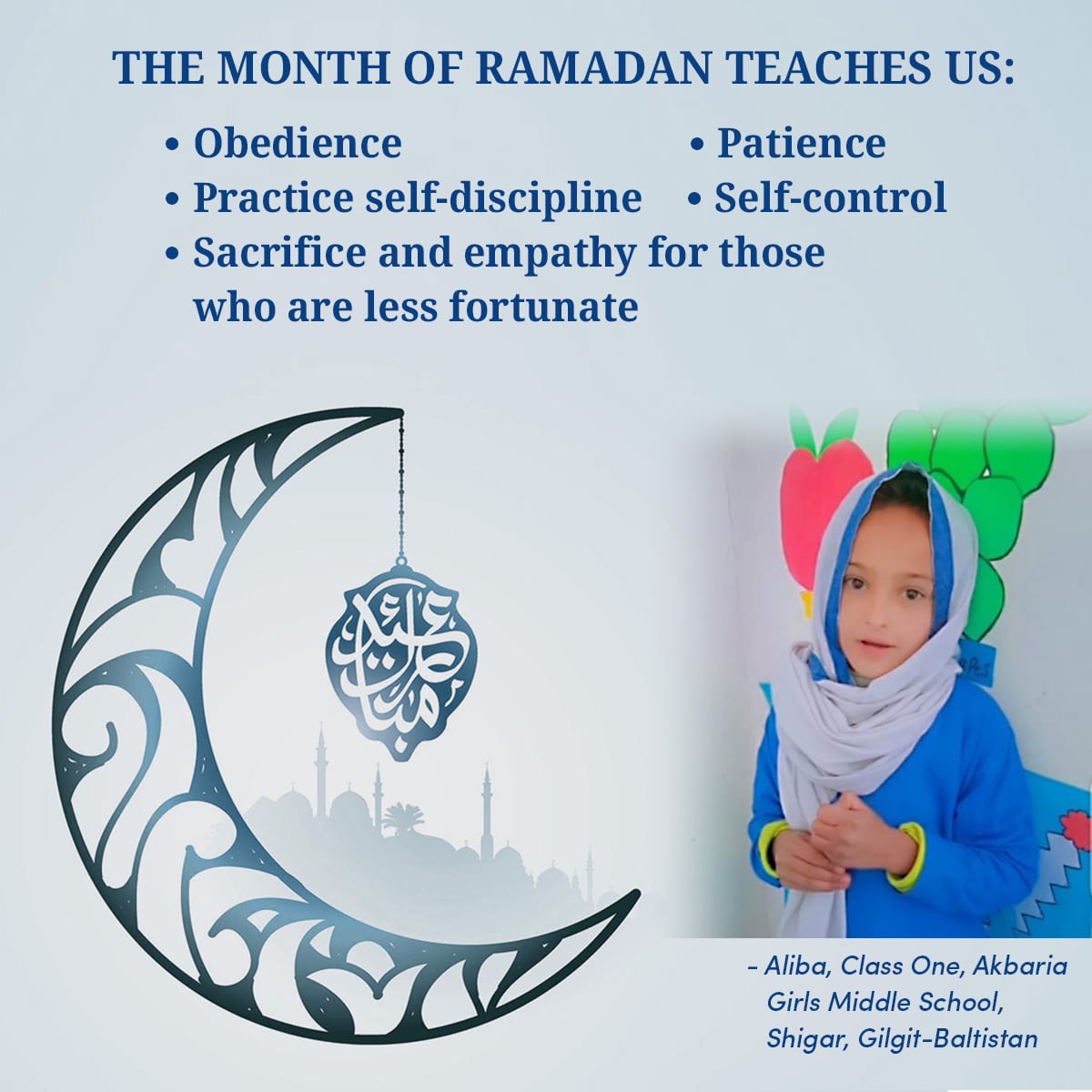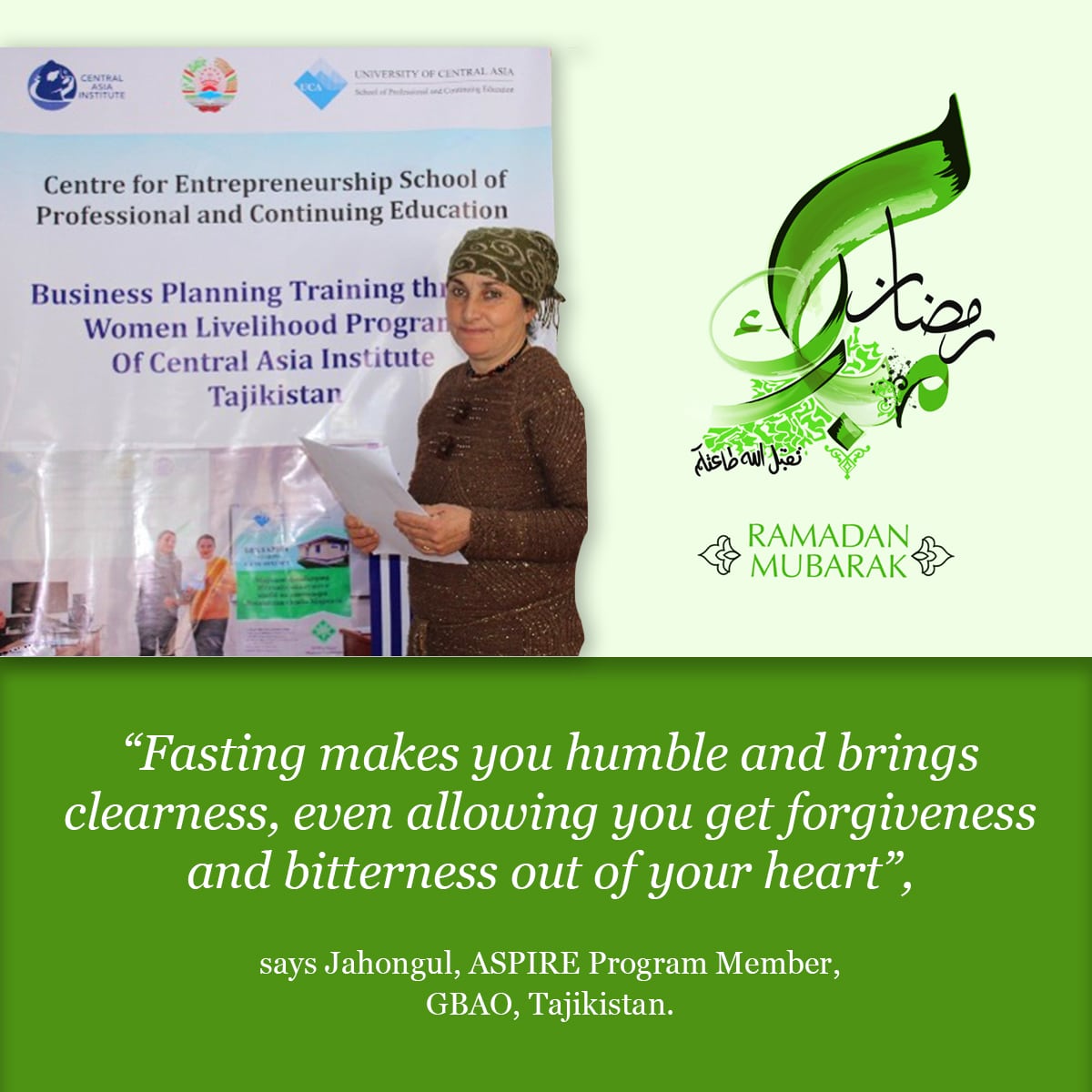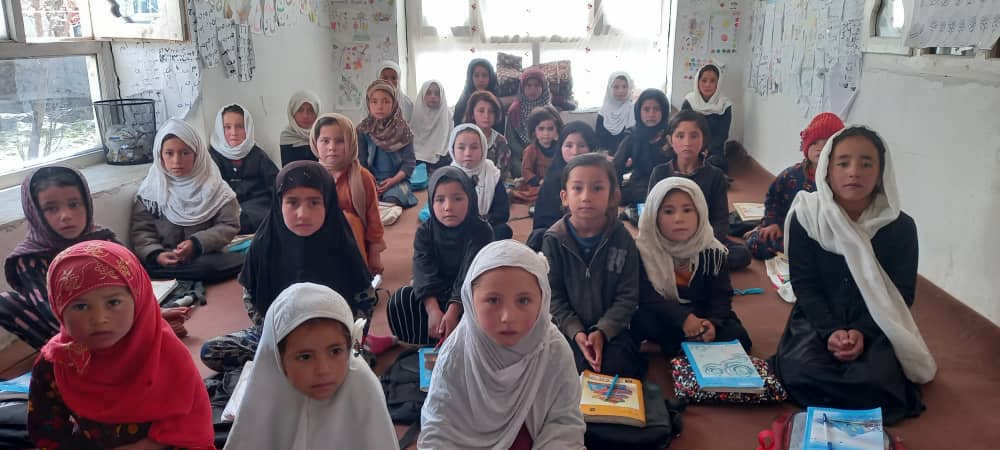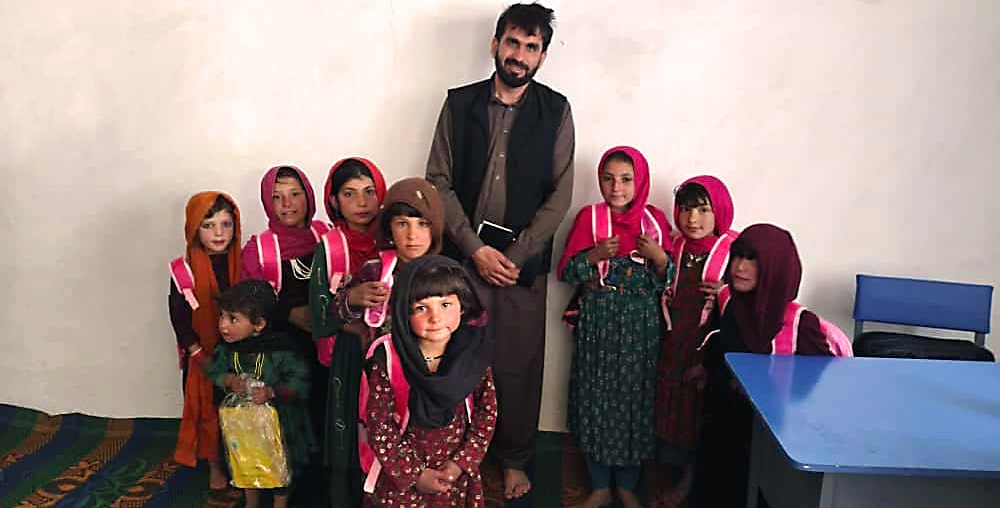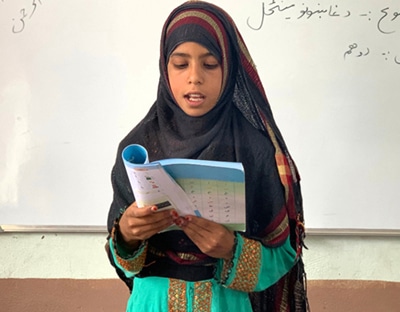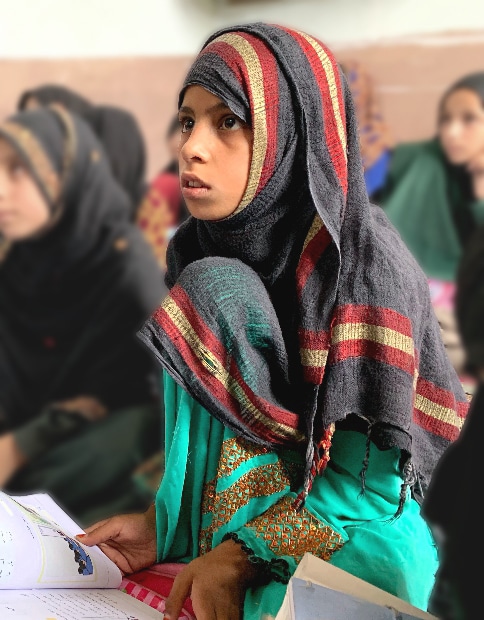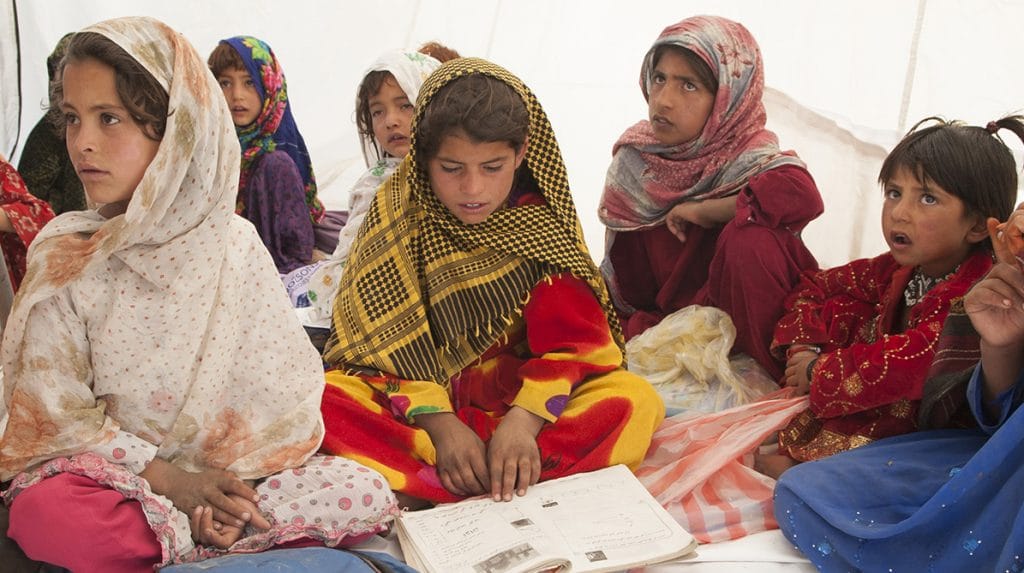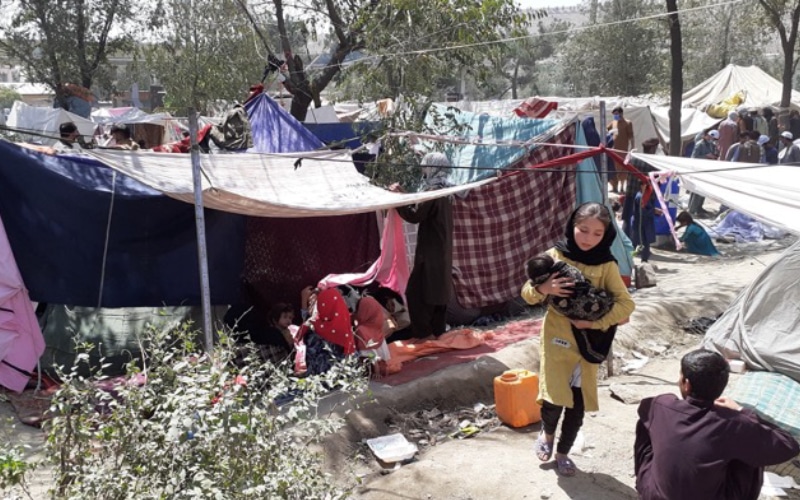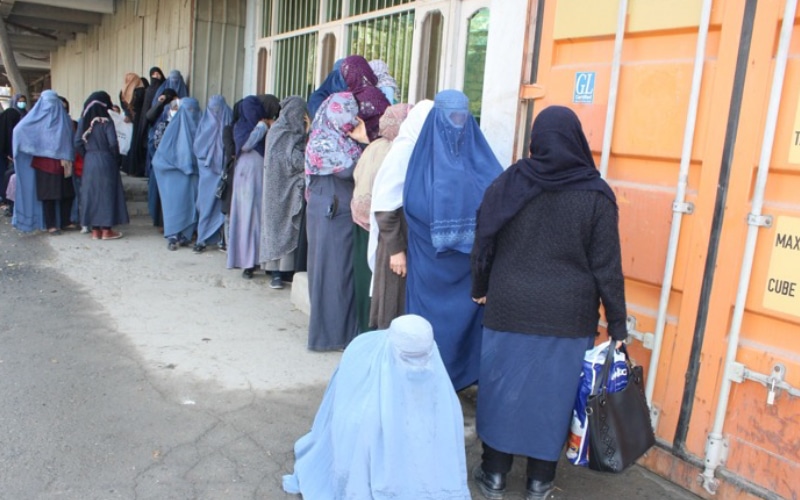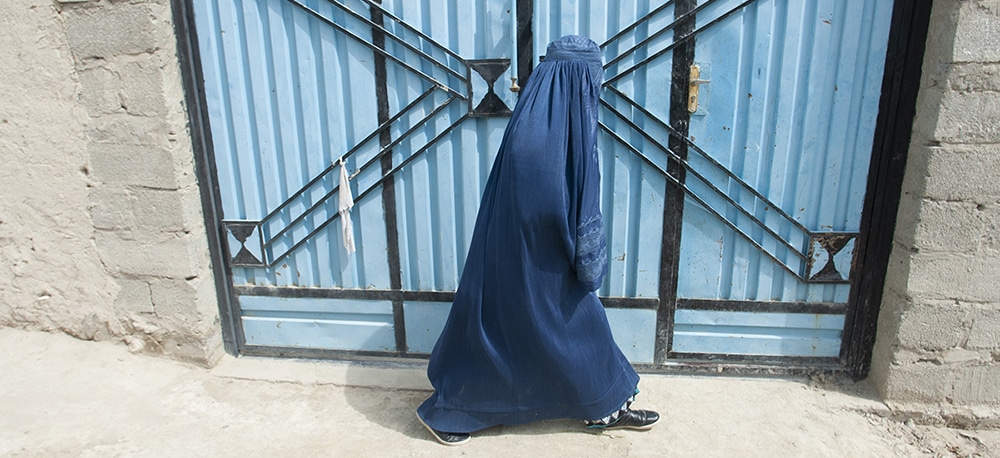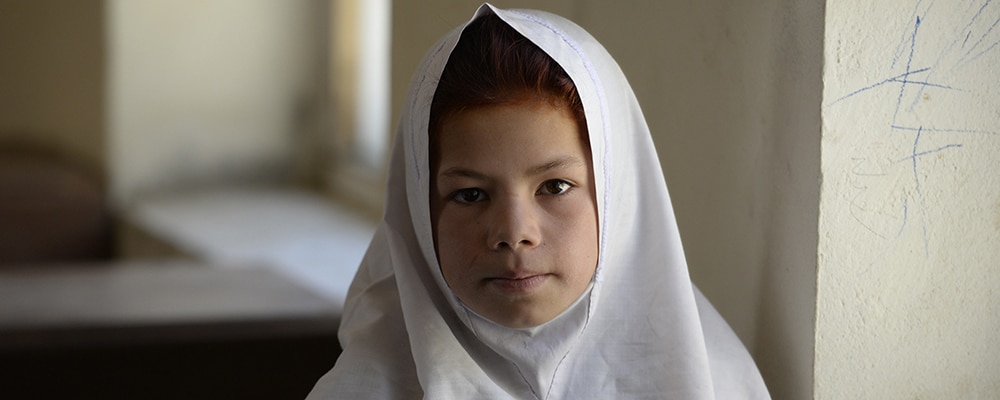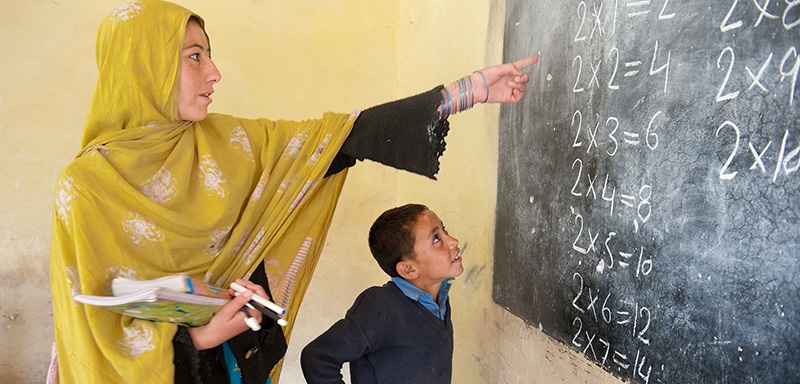This Saturday, September 11, 2021, America will commemorate those who lost their lives 20 years ago during a series of terrorist attacks on the United States. This year, the pain will be particularly acute when coupled with the U.S. withdrawal from Afghanistan and the resurgence of the Taliban – which once harbored Osama Bin Laden, the mastermind behind the 9/11 attacks.
Twenty years later, we’re able to reflect on the terrible toll the war has taken on us all. More than 70,000 members of the U.S., NATO, and Afghan armed forces lost their lives, along with close to 50,000 civilians caught in the crossfire. And, in August, when the last allied troops left Kabul, they diminished the hope of a free and democratic Afghanistan.
While the weight of this moment is heavy on our hearts, Central Asia Institute is also looking back on two decades of work in Afghanistan knowing that the seeds of hope and change that took root during this time were not in vain. There is an entire generation of educated Afghan women who have arisen in the past two decades – they are both proof and hope of what remains possible. They will play a vital role in the future of Afghanistan.
In the past 20 years, enormous strides have been made in Afghan women’s and girls’ access to education, jobs, and political participation. Most notably, literacy rates among girls have doubled. According to a recent report, by 2018, an estimated 3.8 million girls were enrolled in primary school, a vast increase from the estimated 5,000 girls enrolled in 2001.
Since 2001, the number of female teachers had also grown to approximately one-third of the nation’s teachers, and we saw improvements in women’s participation in the Afghan Parliament, police, and the judiciary. There are also more women-run businesses and more women employed than there were 20 years ago. While surely not significant enough, these are nonetheless important milestones of progress.
In short, since 2001, millions of Afghan women and girls have been empowered to fulfill their dreams, reach their full potential, and contribute to a better, brighter future for themselves and their families. And while the U.S. may have lost its “longest war,” each life changed by education has been a victory. Even as we reflect on the past, we must not lose sight of the myriad challenges that lie ahead – and the role Afghan women will play in their solution.
It is true that Afghanistan’s women and girls face a dark future. Yet, as I write, women across Afghanistan are protesting the Taliban’s misogynistic rule that threatens to ban them from holding government office and entering workplaces, and could limit girls from getting anything beyond a sixth-grade education. They are risking their lives, knowing that such protests have already been brutally repressed. But they have not been deterred.
This Saturday, as we mourn those we’ve lost and reflect on past mistakes and missteps, let us also look forward. The war came at a great cost. But because of the sacrifices that were made, an entire generation of women was educated. Both inside and outside of Afghanistan, education will empower Afghan women (and men) to fight for a better future for themselves and their families. In the darkest hour, they hold the promise for a better future.
